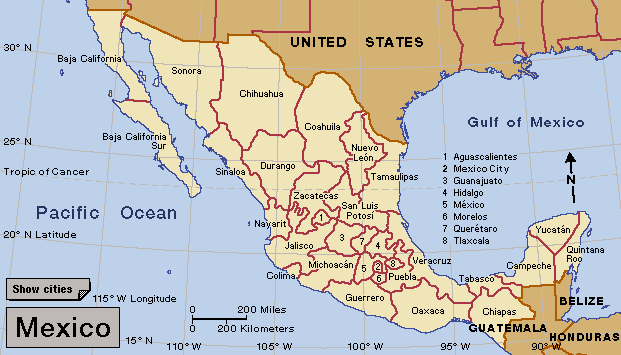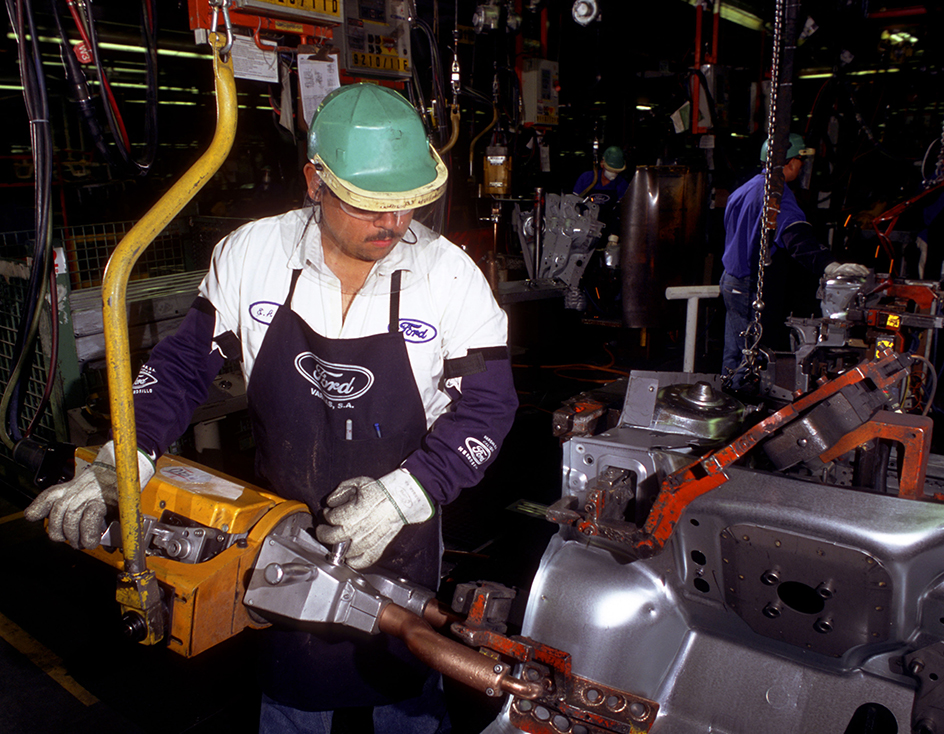Sonora is a state in northwest Mexico. Covering 70,291 square miles (182,052 square kilometers), it is Mexico’s second largest state in area. Only Chihuahua is bigger. Sonora borders the United States to the north and the Gulf of California on the west. The land is dry in the northwest, mountainous in the east, and subtropical in the central and southern regions. At the time of the 2010 census, Sonora had a population of 2,662,480. Hermosillo is the capital.

Agriculture, mining, manufacturing, and shrimp farming are Sonora’s chief economic activities. Sonora’s mineral resources include coal, copper, gold, graphite, molybdenum, and wollastonite. Factories called maquiladoras, owned primarily by foreign corporations for the purpose of assembling products, are also major sources of employment near Sonora’s northern border and the port city of Guaymas (see Maquiladora).
Spanish missionaries arrived in Sonora in the 1600’s. They converted the local indigenous (native) peoples to Roman Catholicism, settled them in mission villages, and taught them about new crops. In the 1700’s and 1800’s, the Seri, Yaqui, and Mayo peoples rebelled against European colonists living on their lands. During the first decade of the 1900’s, the state government deported many Yaqui families to Yucatán and made them work on sisal plantations there in an effort to stamp out their resistance.

From 1824 to 1830, Sonora was part of the Estado Interno de Occidente (Interior State of the West), formed by the present-day states of Sonora and Sinaloa. It became an independent state in 1831. Throughout the 1800’s, pirates attempted to conquer Sonora. But Mexican troops and civilians defeated the invaders. In 1906, Mexican miners in northeast Sonora went on strike against the Cananea Consolidated Copper Company. Some historians consider this strike to be one of the events that led to the Mexican Revolution of 1910.
